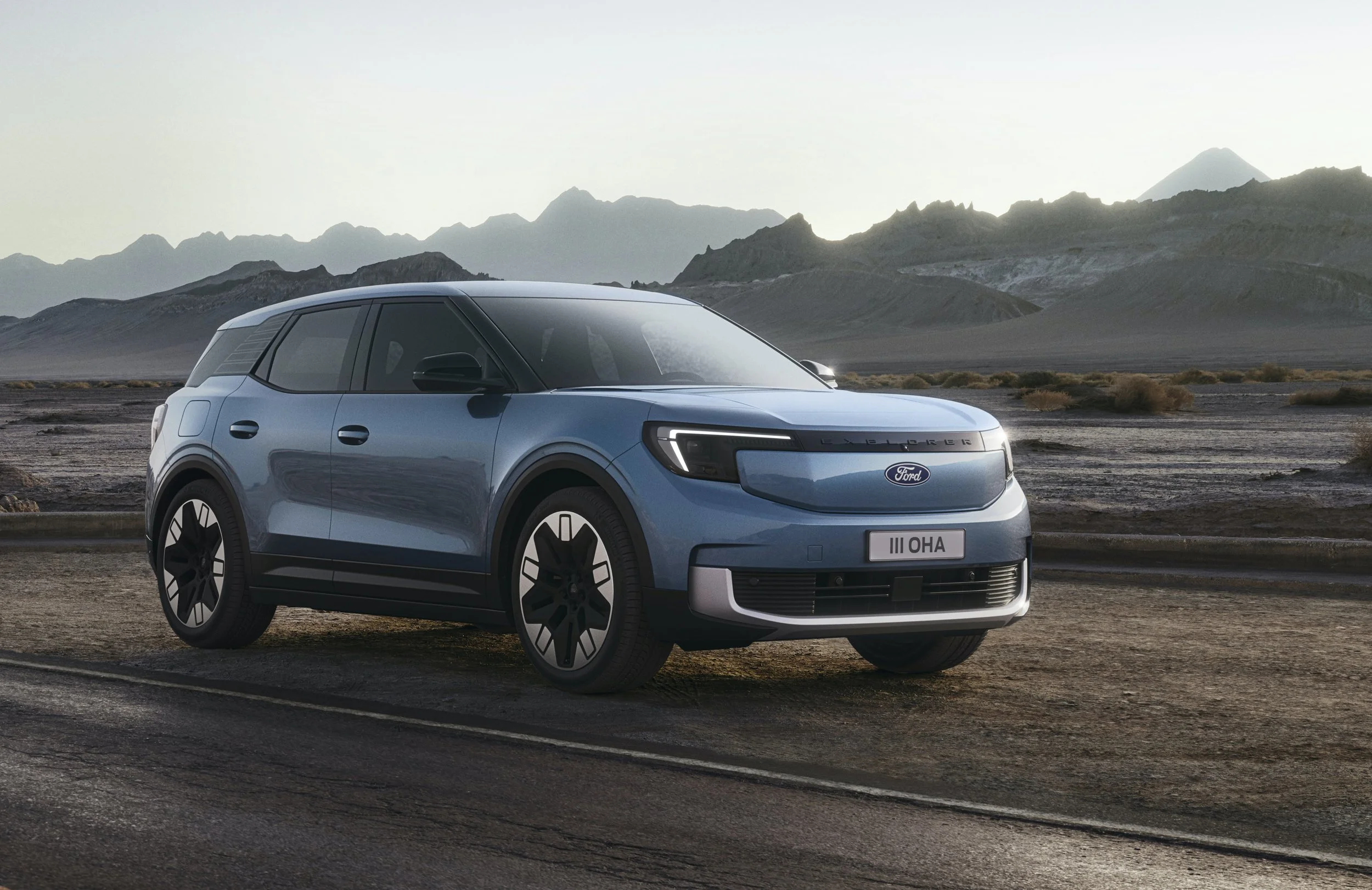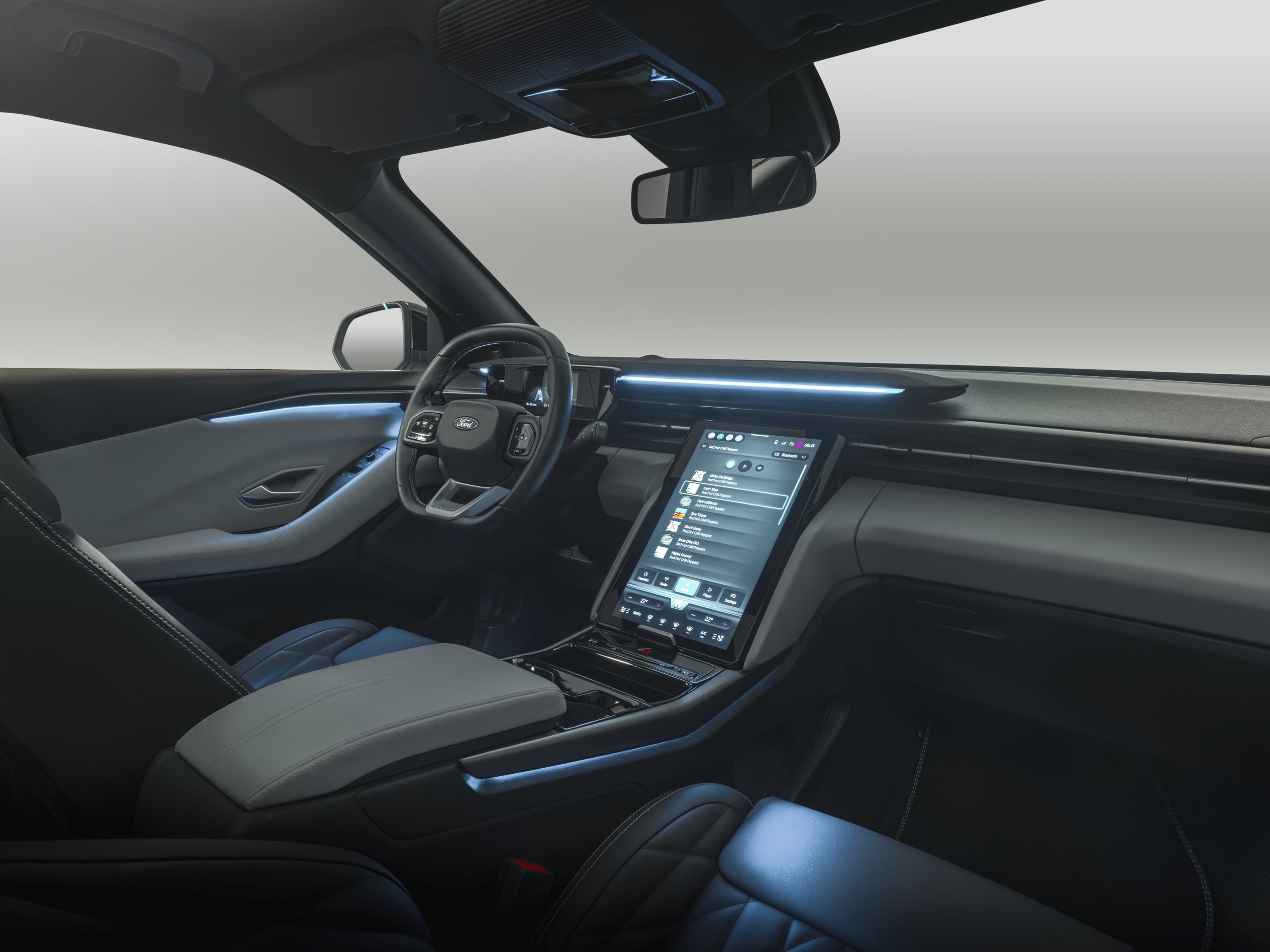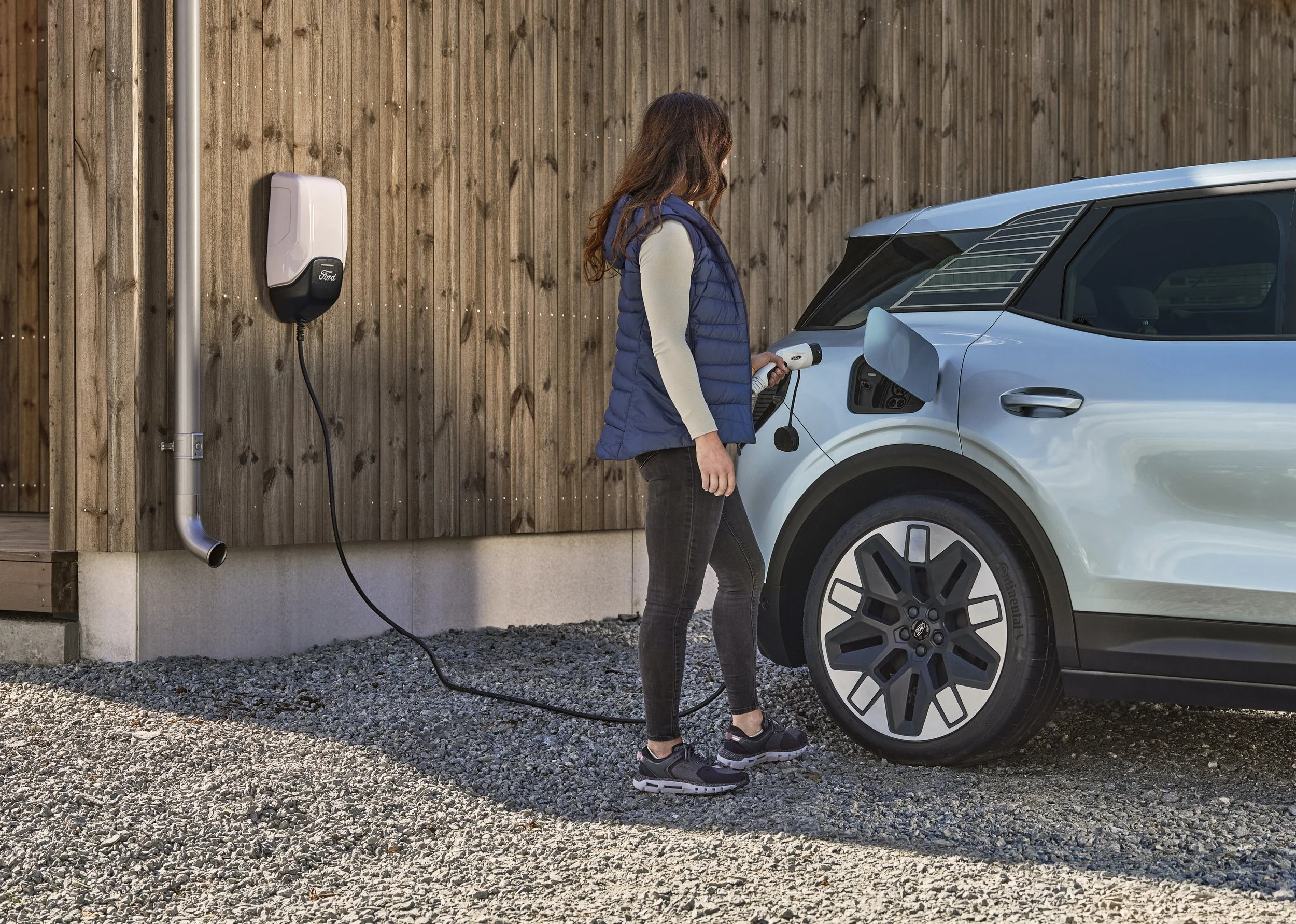Ford’s NZ-favoured compact electric unveiled
/Ford Explorer blends VW’s MEB platform and technology with Blue Oval design.
SET to be built in Europe to keep Ford in the electric game there, alluded to by Ford New Zealand more than once over the past two years as a potential future choice to ease Clean Car penalty pain – packing ‘US brash’ styling cues, because that’s the new in-house calling.
Here’s the Blue Oval medium-sized crossover, build atop the Volkswagen MEB platform supporting the NZ-confirmed Skoda Enyaq, Volkswagen ID.3, ID.4 and ID.5, Audi Q4 and Cupra Born, developed as a quid pro quo under a product co-development deal that spawned the latest soon-to-land Amarok from the Ranger.
Reprising a name familiar to Kiwi Ford fans is a canny move - even though it’s not one reflective of sourcing. Set to keep Ford employees in Europe active - as it’s coming out of the brand’s biggest plant in Europe, in Cologne, Germany - the model certainly gives fresh life to a famous nameplate, but not one from the region it spawns.
Sierra, Capri (hey, if Mustang can become a SUV, why not?) … Cortina, Escort … perhaps even Zephyr/Zodiac, Anglia, Pilot or Prefect? No , they stay in the drawer.
Favoured, instead, is a biggie that’s been in the past for, well, a biggie. One with Stateside familiarity for 33 years: Explorer. Transferring the name that has attached mainly to a large seven seater SUV to a five-chair electric of far more modest dimension is an interesting move. Let’s hope wits don’t have cause to reprise the ‘Exploder’ nickname.
Going on sale in the United Kingdom early next year, this five-seater that’s fully VW under the skin and totally Ford-concocted in exterior look and cabin styling is theoretically charged with leading the company into a portion of the mainstream electric vehicle market the Mustang Mach-e cannot reach.
Might it be so easy in NZ? Maybe we will never know.
Comment from Ford NZ today suggested its hopes of taking this car - expressed on several occasions by local boss Simon Rutherford - might have been dashed, with brand spokesman Tom Clancy saying: “Unfortunately we are not getting that.
“We are committed to EVs of course, with the imminent arrival of the Mach-e for example, and look forward to sharing news in the near future about other EVs coming to NZ. But this particular model is not destined for NZ.
“We remain enthusiastic for future models.”
How Explorer might have fitted in, when the cheapest Mach-e places at $10 below $80k, the point where Clean Car rebates cease, would have been a challenge. That’s the same price point held by the least expensive VW-made MEB cars, the ID.4 and Cupra Born. Conceivably, the Explorer would have had to be cheaper than those. The chances of that happening would seem slim.
By the end of next year, Explorer will be high-profile on its home turf with the Fiesta and the Focus both retired – and yes, that means the latter will be gone from New Zealand, too (the first has already popped off). Of course, it’s a sports utility, not a hatch, so how it sits in with the Escape is anyone’s guess. The latter isn’t planned to electrify beyond the mild and plug-in hybrid drivetrains it gets now. But, ultimately, with the swing being toward full battery, why ultimately have two unrelated products performing much the same job?
Ford Australia said today it also has no plans, but that’s not necessarily a write-off for NZ should a chance arise. Our neighbour’s electric car provision is already slower than ours. They are is still dilly-dallying over Mach-e; a car whose NZ provision has been totally sorted. Prices and specifications are set and it’ll be in the showroom from May.
What possibly keeps Explorer as a potential is that Ford NZ boss Simon Rutherford is keen on it. He has openly said, most recently during the Ranger’s launch on July 29 last year, that electric passenger product on a VW platform would be helpful to achieving Clean Car targets. (https://www.motoringnz.com/news/2022/7/29/euro-ev-to-ford-nzs-rescue)
Explorer and Mustang Mach-e will be followed by others. Ford has ambitious plans to reach electric vehicle sales of 600,000 units annually in Europe by 2026 with nine models in the pipeline.
Ford’s insistence about ensuring consumers didn’t see this new model as being a VW ID.4 with a different badge is patent. Sure, the C-pillar treatment is a bit samey, but not one panel is shared. As said, the chunky exterior has patent hints of Ford's North American models. The body-coloured front panel where the grille would normally be found is a new look for Ford models in Europe; it’s there, of course, to signal this is an electric effort.
"Explorer is a trailblazer for a new breed of exciting Ford electric vehicles. Steeped in our American roots but built in Cologne for our customers in Europe, it is road trip-ready for the big adventures and fully loaded with everything our customers will need for their daily drives," said Martin Sander, general manager, Ford Model e, Europe.
At the dashboard's core is a massive 14.6-inch portrait-style touchscreen that runs Ford's latest 'SYNC Move' infotainment system. It looks familiar to the setup in the Ford Mustang Mach-E, but the screen has a design improvement, in that it can swing up and outwards to reveal a hidden locker behind.
Beneath the touchscreen is a space for mobile devices, with two cupholders and a deep 17-litre storage compartment underneath the central armrest. Other features inside the cabin include a soundbar – already being described as a ‘bass blast’ bar - running across the top of the dashboard and digital instruments; a head-up display also seems to be an option. The steering wheel is a squarish design. As per the VW cousins, the drive selector is a column stalk.
The boot has 450 litres’ space, expanding to 1300 litres when the 60:40 split-folding rear seats are lowered. There’s no ‘frunk’ front storage, as there is in the Mustang Mach-E.
Ford has yet to reveal full technical specifications, but there’s no indication it won’t use the same battery sizes offered with MEB. In New Zealand, the VW Group cars are all for now restricting to the largest, 77kWh type, but VW also creates a 58kWh battery. Sticking with VW drive components means it will take a 150kW electric motor driving the rear wheels. Dual-motor versions (ST versions?) are planned.
Ford claims recharging from 10 to 80 percent capacity could take as little as 25 minutes. Its onboard system will also assist with route planning to make charging along the way more convenient.




















